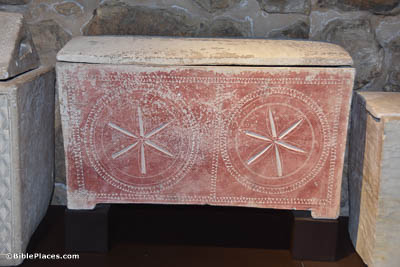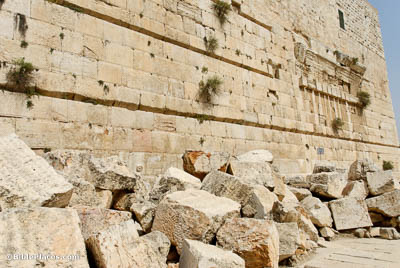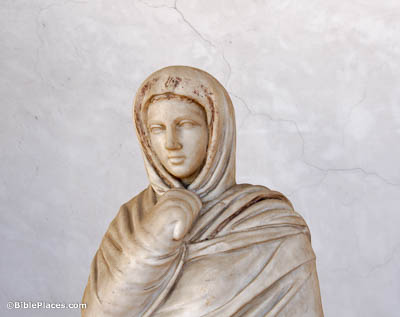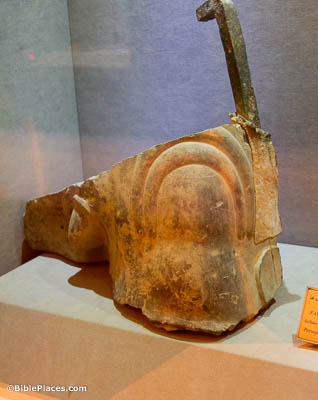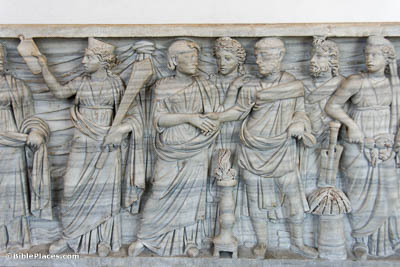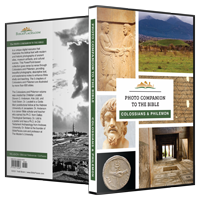For you have died, and your life is hidden with Christ in God (Colossians 3:3).
Paul’s reference to death here is not literal but metaphorical. For those who were familiar with 1st-century burial practices in Jerusalem, however, this allusion may have brought to mind the things associated with burial, like this limestone ossuary. Although this kind of interment was not used across the Roman Empire, it was the standard form of burial in the Jerusalem area when Paul wrote the letter to the Colossians.
